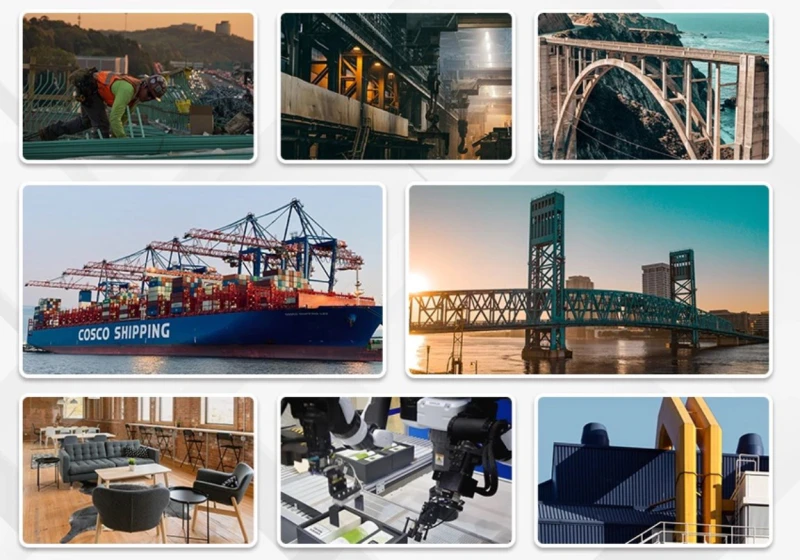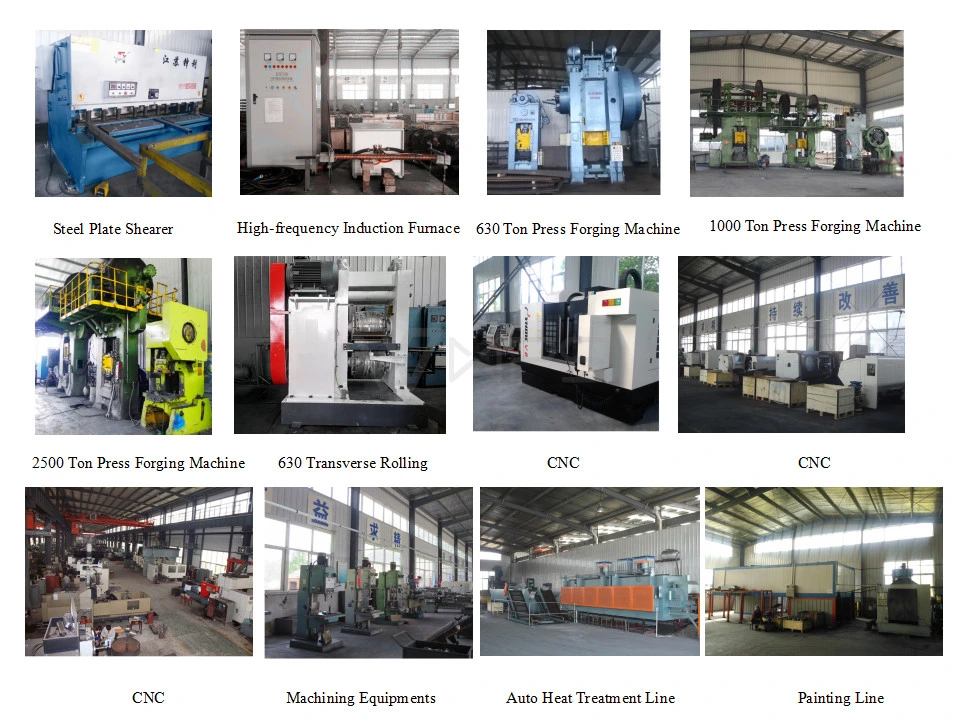Topology Optimization of Equipment Axle Spindle
Introduction
With the increasing demand for lightweight and high-performance equipment in various industries, topology optimization has emerged as a powerful tool in the design and optimization of mechanical components. In this blog post, we will explore the application of topology optimization in the design of equipment axle spindles and its advantages over traditional design methods.
1. The Importance of Axle Spindles
Axle spindles play a crucial role in the operation of equipment, especially in heavy-duty applications. They are responsible for transmitting the torques and forces from the axle to the wheels, providing stability and support to the equipment. Therefore, it is essential to design axle spindles that can withstand high loads while maintaining structural integrity.
2. The Benefits of Topology Optimization
By applying topology optimization techniques, engineers can optimize the design of axle spindles to meet specific performance requirements. Here are some benefits of using topology optimization:
2.1 Weight Reduction
Topology optimization allows engineers to identify unnecessary material and redistribute it efficiently, resulting in significant weight reduction without compromising strength and structural integrity. This weight reduction can lead to improved fuel efficiency and overall equipment performance.
2.2 Enhanced Structural Performance
By optimizing the material distribution in axle spindles, topology optimization can improve their structural performance. It can eliminate stress concentration areas and redistribute the load-bearing capacity, resulting in increased durability and reliability.
2.3 Customized Designs
Topology optimization enables the creation of customized designs to meet specific application requirements. Engineers can define design constraints and performance targets, and the optimization algorithm will generate the optimal shape and material distribution accordingly.
2.4 Improved Manufacturing Efficiency
Topology optimization can also enhance manufacturing efficiency. By reducing the amount of material used in the design, it can lead to cost savings in material procurement and manufacturing processes. Additionally, optimized designs often have simpler geometries, making them easier and more cost-effective to produce.
2.5 Exploration of Innovative Solutions
Topology optimization encourages engineers to think outside the box and explore innovative solutions. It allows for the discovery of unconventional designs that may not have been considered using traditional design methods, leading to breakthroughs in performance and efficiency.
3. Working Principle of Axle Spindles
Axle spindles transfer the torque and forces from the axle to the wheels. They consist of a central shaft, bearings, and various components that facilitate the rotation of the wheels. The bearings enable smooth movement and support the load applied to the axle spindles.
4. Selecting the Right Axle Spindle for Your Application
Choosing the appropriate axle spindle for your application is crucial to ensure optimal performance and safety. Here are some factors to consider when selecting an axle spindle:
4.1 Load Capacity
The axle spindle should be capable of handling the maximum load expected in your application. Consider factors such as the weight of the equipment, operating conditions, and dynamic forces.
4.2 Material Strength
Select a material with sufficient strength to withstand the applied loads and environmental conditions. Factors such as yield strength, fatigue resistance, and corrosion resistance should be taken into account.
4.3 Bearing Compatibility
Ensure that the axle spindle is compatible with the bearings used in your application. The dimensions, mounting method, and load capacity of the bearings should align with the axle spindle’s specifications.
4.4 Size and Geometry
The size and geometry of the axle spindle should be suitable for the equipment’s overall design and space constraints. Consider factors such as clearance requirements, installation feasibility, and compatibility with other components.
4.5 Cost-effectiveness
Evaluate the cost-effectiveness of the axle spindle, considering factors such as initial cost, maintenance requirements, and potential savings in fuel consumption or productivity improvement.

5. Axle Spindle Installation
The installation process of an axle spindle may vary depending on the equipment and axle configuration. It is essential to follow the manufacturer’s guidelines and recommendations for proper installation. The installation typically involves the following steps:
5.1 Preparation
Ensure that the axle and wheel hub surfaces are clean and free from debris or damage. Inspect the bearings and other components for any signs of wear or defects.
5.2 Alignment
Align the axle spindle with the axle and wheel hub, ensuring proper fit and concentricity. This step may require the use of alignment tools and precision measurements.
5.3 Mounting
Carefully mount the axle spindle onto the axle, ensuring that all connections are secure. Follow the manufacturer’s guidelines for torque specifications and tightening sequences.
5.4 Lubrication
Apply the recommended lubrication to the axle spindle bearings and other moving parts. Proper lubrication is essential for smooth operation and longevity.
5.5 Testing
After installation, perform thorough testing to ensure the axle spindle is functioning correctly. This may include load testing, vibration analysis, and other performance evaluations.

Edited by Czh.